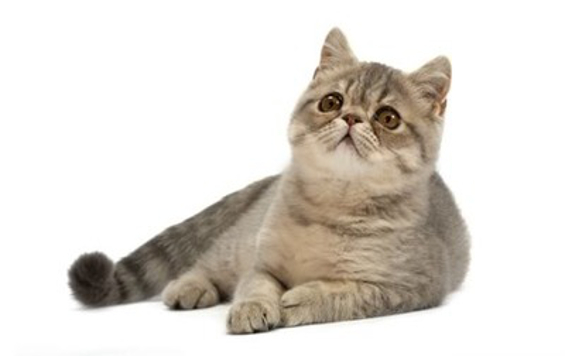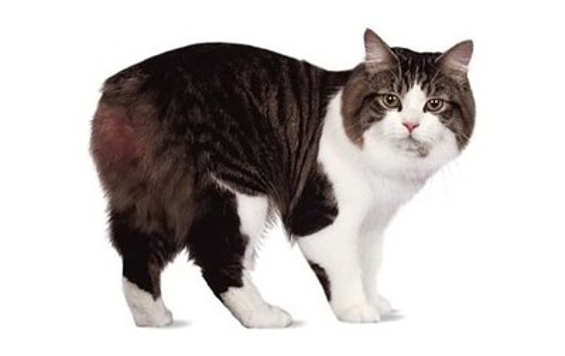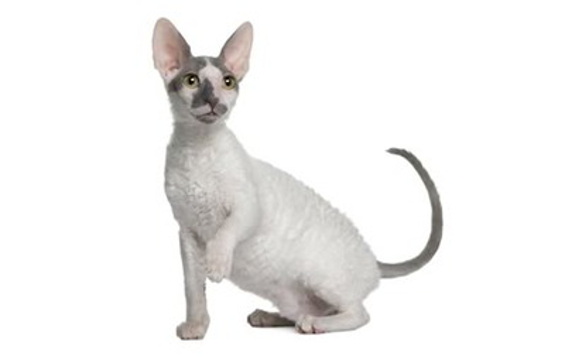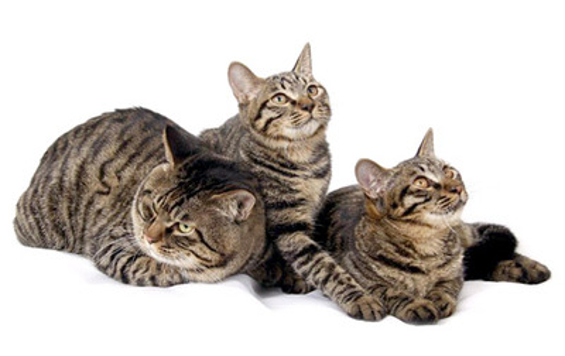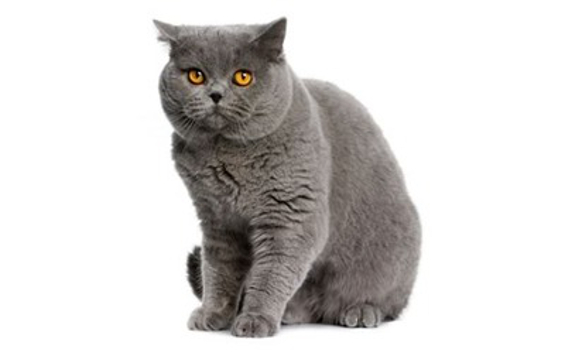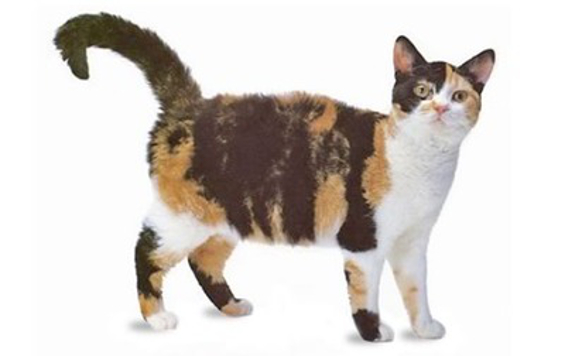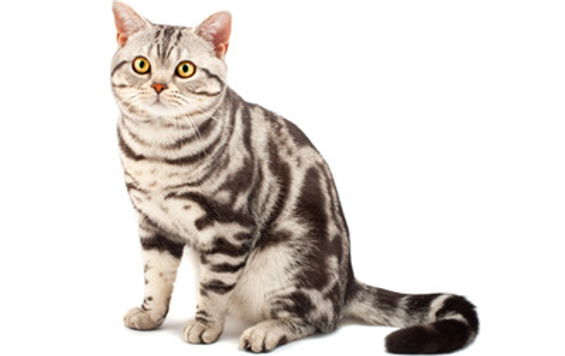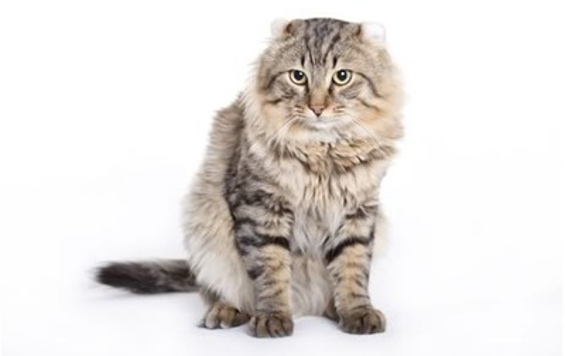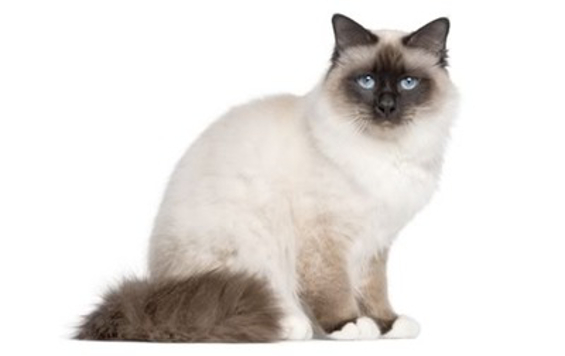Feline cerebellar hypoplasia is a non-progressive, non-contagious neurological condition that results in walking and balance problems.
A kitten is born with “CH” when her cerebellum, the part of the brain that controls fine motor skills and coordination, is underdeveloped at birth.
An cerebellum’s growth can be stunted by a number of factors, most commonly if the mother contracted the feline distemper virus while pregnant or if there was some sort of trauma to the kittens while they were in the womb.
Consequently, an underdeveloped cerebellum can result in underdeveloped or complicated mobility. CH cats are known for their “drunken sailor” walk, which is why they’re known endearingly as “wobbly cats.”
The severity of a kitten’s CH can vary greatly – even among litter mates. While some cats may only have a slightly impacted gait, others may have significant trouble getting around, if they’re able to walk at all. It’s important to remember that the cat isn’t sick, weak or hurt; she’s simply uncoordinated.
CH cats may also experience head tremors, the uncontrollable shaking of the cat’s head when she’s trying to focus. Again, some cats may experience mild cases, others may be more severe. (Consequently, some think CH cats may have vision issues. If you think this is an issue with your cat, speak to your vet.)
Unless a CH cat has other health issues, her life expectancy is the same as a cat’s without CH. Since the condition is non-progressive, it will never get worse – and in some cases, owners say that their cat became more capable over time.
A CT scan or MRI is the only way to officially diagnose cerebellar hypoplasia. However, many vets are familiar with the symptom’s characteristics so those tests are often not necessary. Yet it is important to understand there are some diseases and conditions that may mimic CH.
One of the great things about CH cats is that they don’t seem to know that they’re any different from other cats. Even though they may think they’re normal, depending on the severity of their CH, they may be somewhat limited in ability and learn how to do things differently. For example, some CH cats don’t have the coordination to jump – so instead they become great climbers. Consequently, CH cat owners may find ways to help their cat become more capable.
There isn’t a treatment for this condition; however, many owners will tell you that there doesn’t need to be one. They’ll say their CH kitties are some of the sweetest cats you’ll ever meet, and what they lack in coordination they make up in personality. Check out This Is Charlie on our Videos page.
Since many people are still learning about this condition – and because some shelters don’t adopt out special needs animals – many kitties with CH are needlessly euthanized every year. While it’s not an extraordinarily common condition, cats with this condition do require a special owner who’s devoted to providing the best care possible for the cat. If you’d like to adopt a CH cat please check out our SNAP Cats list of adoptable cats with cerebellar hypoplasia.
